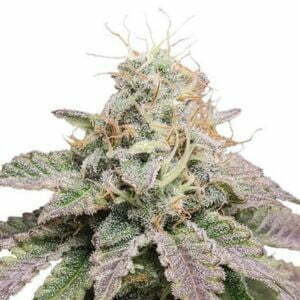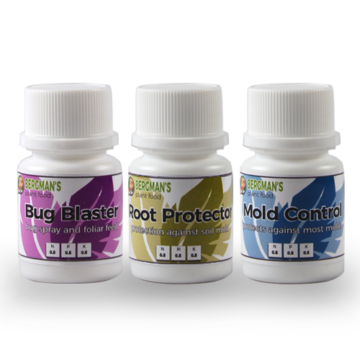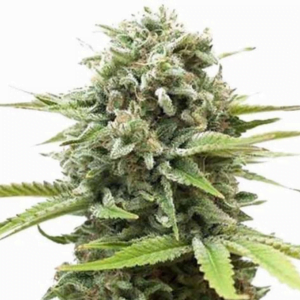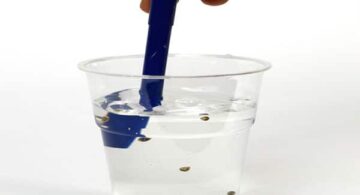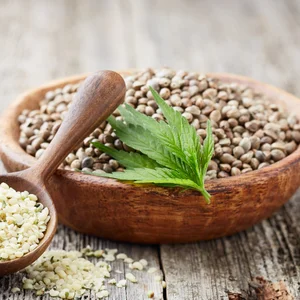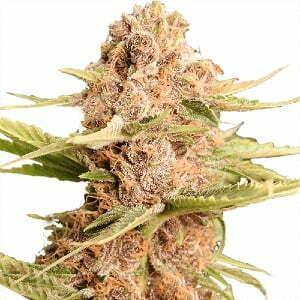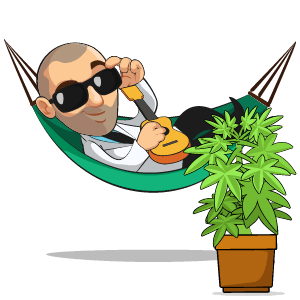Despite what its name may imply, jar rot is not a form of decay in your cannabis. Instead, mold develops from improperly dried and cured buds.
How does this happen? The environment and conditions for storage can be unsuitable for cannabis in many ways, ranging from insufficient air circulation in the jars to excess humidity in the room.
But, while it’s unsuitable for storing weed, it’s the perfect environment for mold growth.
Do you have questions? We’ll discuss how to prevent jar rot from ruining the buds you painstakingly grew.
We’ll also talk about what causes jar rot, how you can recognize it, and other types of mold on your cannabis.
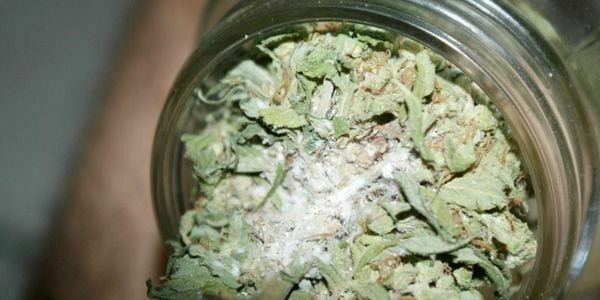

Does Jar Rot differ from Bud Rot?
Biologically speaking, jar rot and bud rot are the same. They result from botrytis(2) (more commonly known as gray mold), a necrotrophic fungus that feeds by killing its host and eating the dead matter. In foodstuffs like strawberries and grapes, it makes them appear as though they’re rotting. In cannabis, it causes darkening and softening in the plants while the buds turn gray and dusty with mold(3).
If there is a difference between the two, it would be when the signs of botrytis appear. Bud rot is associated with buds that get infected with fungus during the flowering stage. As its name implies, jar rot appears during the buds’ drying, curing, and storing process.
Cultivating healthy marijuana plants necessitates a certain level of knowledge and expertise. Download my FREE marijuana grow bible and start growing high quality cannabis plants.
How to prevent jar rot from ruining your weed
Keep humidity levels low
One of the key factors that encourage the growth of botrytis and other types of mold is humidity. You must have optimal humidity levels during drying and curing to prevent jar rot. For drying, you need a relative humidity of 45-55%(4), and curing requires something between 60-65%(5). You can do this easily with the help of humidity packs like Boveda, which provides a way to maintain a relative humidity for your buds.
Botrytis also requires a certain humidity level for it to thrive. For the fungus to develop, it needs a relative humidity of 85% or greater and a temperature between 60-75°F (15-23°C)(6).
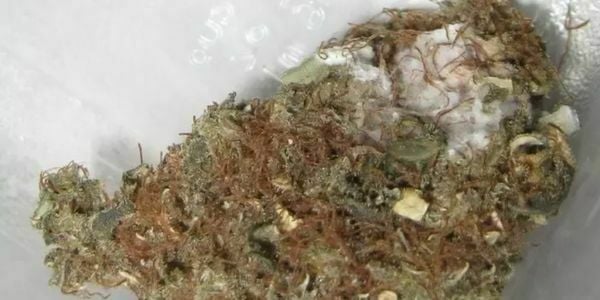

Use the right storage
The best way to keep your buds mold-free is to use airtight containers. You can use any type of container as long as it proves to have an airtight seal. This can be in the form of stainless steel or plastic containers. But, the safest and most popular option are mason jars.
Mason jars provide an airtight seal which limits the exposure of your buds to moisture and oxygen, reducing the odds of mold and keeping your buds fresh for longer. Putting humidity packs in your curing jars is also a great way to limit the number of times you need to burp them. This is because the humidity pack is already regulating the moisture in the jars for you, meaning you don’t need to open and close your curing jars to let out moisture.
How do you recognize jar rot in weed
What does mold on dried cannabis look like?
Botrytis on dried cannabis appears like dust that covers the buds. It can easily be mistaken for kief at first glance, but taking a closer look would let you know that’s not the case. To confirm if your buds are indeed infected with jar rot, you need to pull apart the colas to check if the inside is pale gray and if the texture has become dry and cotton-like.
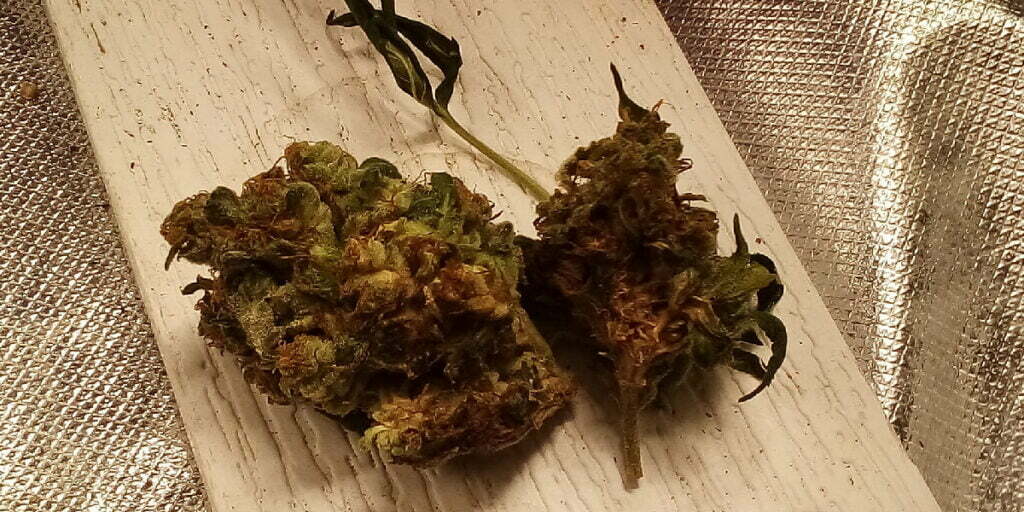

It’s important to note that botrytis isn’t the only mold found in cannabis. There’s also powdery mildew, which appears as either gray fuzz or white powder on your plants.
Can you detect moldy cannabis by smell?
Moldy weed usually has a distinct musty smell to it. If your buds have an unpleasant musty hay odor to them, this is because they’re infested with mildew(7). But, in cases like jar rot, it’s much harder to detect it through smell since it’s odorless(1). It’s also not ideal to use something as sensitive as your nose to test for mold is also not ideal, as you may inhale their spores.
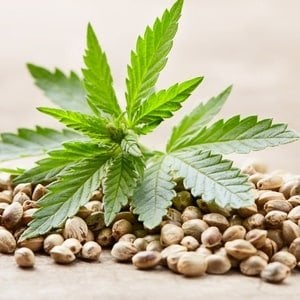

Buy Mold Resistant Seeds
- Easy to grow
- Beginner friendly
- Guaranteed germination
- Grow guide available
What causes Jar Rot in cannabis
What is the biological reason for mold?
Spores are why molds like powdery mildew and botrytis find themselves in plants and other places. Like seeds, they can lay dormant for a long period of time until they find a suitable environment. They can find themselves in your grow through the soil, water, and even air.
With the how out of the way, what about the why? Why does mold even exist, and why does it have to damage your plants to live? The purpose of mold is to break down organic matter and give back those nutrients to the environment(8).
Which environmental factors cause mold?
Mold needs more than just a water source; it also needs the right temperature and an ample food source. The main environmental factors contributing to mold growth are humidity, temperature, and available substrate. Substrate can mean anything in this sense. It could be the soil your plants are growing on, or it could be the plants themselves. To mold, it’s just a source of nutrients since it’s unable to make its own.
For the temperature, molds generally need something between 60-80°F (15-26°C) to thrive(9). Any higher or lower will cause the mold to stop growing, but this does depend on the type of mold you’re dealing with.
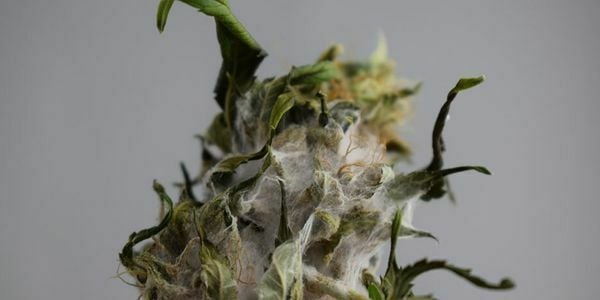

Can I still smoke or make hash out of weed with jar rot?
Smoking moldy weed
It’s never a good idea to try and smoke moldy weed since it carries several health risks. One of the main concerns with it is how your body reacts to the mold, specifically your lungs. And while most people would get off with an irritated throat and a bit of coughing, some who are allergic to mold will likely end up with something more severe(10).
In some cases, smoking moldy buds could lead to a fungal infection in the throat and lungs. And for those with a weakened immune system, the dangers could prove fatal to their health. Don’t think that it could be fixed by removing the mold from the buds. Even after being removed, certain fungi can leave metabolites called mycotoxins which are carcinogenic and a toxin to humans(11).
A few examples of molds that produce mycotoxins are powdery mildew, aspergillus, and fusarium. Strangely enough, botrytis is one of the few molds that don’t produce these dangerous metabolites(12).
Making hash from moldy weed
If you can’t smoke moldy weed, you shouldn’t make it into hash either. While, at first, it may sound like a great idea to make hash out of your moldy buds, we advise against doing so. Since even if the heat does kill and remove the mold from your buds, there’s still the matter of mycotoxins that remain even after the mold is cooked off. This is because the metabolites can survive temperatures up to 210°C for an hour.
Making edibles from moldy weed
We also don’t recommend making edibles out of your tainted buds. That means making hash oil and shatter are out of the question. Again, it may seem like a smart idea, but it’s dangerous if you don’t know the type of mold you’re dealing with.
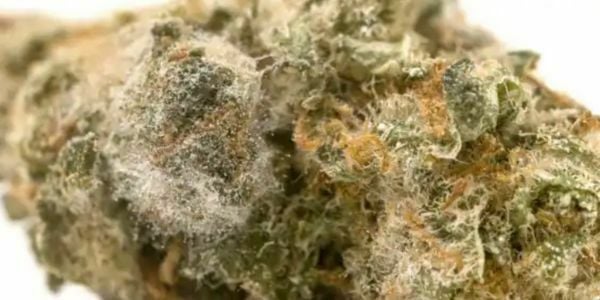

FAQ about Jar Bud Rot
Can you process moldy cannabis?
Technically, you could process moldy cannabis into hash oil, shatter, or hashish. Would it be safe to consume? It depends. If the mold doesn’t produce mycotoxins like botrytis, you’re free from carcinogenic and toxic metabolites. However, if it will affect the quality, potency, and flavor, it is a different matter. That answer is most likely.
Can you get sick from moldy buds?
Yes, there’s a good chance that if you smoke moldy cannabis, you could develop a fungal infection in your lungs and throat. The dangers of mold are especially concerning when it comes to those who are allergic and those with weakened immune systems.
Is white mold on weed toxic?
White mold or powdery mildew is indeed toxic. This is because it’s a type of fungus that produces mycotoxins, which are carcinogenic and toxic to humans.
Cited Articles
- SEO Powered Content & PR Distribution. Get Amplified Today.
- Platoblockchain. Web3 Metaverse Intelligence. Knowledge Amplified. Access Here.
- Source: https://www.ilovegrowingmarijuana.com/growing/what-is-jar-rot/
- :is
- $UP
- 1
- a
- About
- affect
- After
- against
- AIR
- allergic
- already
- and
- answer
- apart
- appear
- ARE
- AS
- associated
- At
- available
- back
- BE
- because
- become
- being
- BEST
- between
- Bit
- body
- Break
- by
- called
- CAN
- cannabis
- case
- cases
- Cause
- causes
- certain
- Chance
- check
- Circulation
- Close
- closer
- commonly
- Concerns
- conditions
- Confirm
- consume
- Containers
- contributing
- cooked
- could
- covers
- curing
- Dangerous
- dangers
- dead
- dealing
- depends
- develop
- develops
- differ
- difference
- different
- discuss
- distinct
- Doesn’t
- doing
- Dont
- down
- download
- dry
- during
- Dust
- easily
- either
- encourage
- enough
- Environment
- environmental
- especially
- Ether (ETH)
- Even
- example
- examples
- expertise
- Exposure
- factors
- few
- Find
- First
- fixed
- food
- For
- form
- found
- Free
- fresh
- from
- generally
- get
- Give
- Glance
- good
- gray
- great
- greater
- Grow
- Growing
- Growth
- guide
- happen
- hash
- Have
- Health
- healthy
- help
- High
- higher
- host
- How
- How To
- However
- HTTPS
- Humans
- i
- idea
- ideal
- Immune system
- important
- in
- infection
- instead
- IT
- ITS
- jpg
- Keep
- Key
- Kill
- Know
- knowledge
- known
- lead
- Leave
- Level
- levels
- like
- likely
- LIMIT
- limits
- live
- Long
- Look
- look like
- Lungs
- Main
- maintain
- make
- MAKES
- Making
- many
- marijuana
- Mason
- Matter
- max-width
- meaning
- means
- molds
- more
- most
- Most Popular
- name
- Need
- needs
- nose
- number
- Odds
- of
- Oil
- on
- ONE
- open
- Option
- organic
- Other
- own
- Oxygen
- Pack
- Packs
- People
- perfect
- period
- Places
- plants
- plastic
- plato
- Plato Data Intelligence
- PlatoData
- Popular
- potency
- prevent
- process
- produce
- Prove
- proves
- provide
- provides
- purpose
- Putting
- quality
- question
- Questions
- ranging
- Reacts
- reason
- recognize
- recommend
- reducing
- remain
- remove
- Removed
- removing
- requires
- resistant
- result
- risks
- Room
- safe
- safest
- same
- seeds
- sense
- sensitive
- several
- Signs
- since
- smart
- Smell
- Smoke
- Smoking
- So
- some
- something
- Sound
- Source
- speaking
- specifically
- Stainless Steel
- start
- steel
- Still
- Stop
- storage
- survive
- system
- Systems
- taking
- Talk
- test
- that
- The
- their
- Them
- themselves
- These
- Think
- Thrive
- Through
- time
- times
- to
- TURN
- types
- use
- usually
- View
- Water
- Way..
- ways
- weed
- What
- What is
- which
- while
- white
- WHO
- Wikipedia
- will
- with
- would
- Your
- zephyrnet



